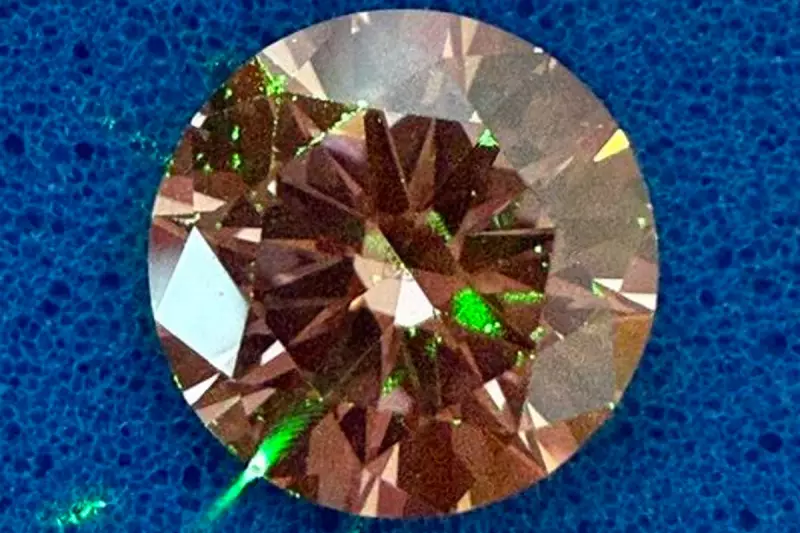
In a stunning fusion of nanotechnology and medical science, researchers from the University of Warwick have unveiled a revolutionary sensor that could transform the early detection of deadly diseases like cancer. The secret weapon? Incredibly, it's synthetic diamonds.
The Sparkling Science Behind the Sensor
This isn't science fiction. The team has developed a remarkable device that uses atomic flaws within lab-grown diamonds to detect magnetic resonance signals with unprecedented sensitivity. These flaws, known as nitrogen-vacancy centres, act as a powerful quantum sensor.
Traditional MRI machines are colossal, expensive, and require intensely cold temperatures to operate. This new diamond-based sensor, however, is compact, cost-effective, and functions perfectly at room temperature, potentially bringing advanced diagnostic power out of hospital basements and into local clinics.
A Quantum Leap for Patient Diagnosis
The implications for patient care are profound. This technology promises to identify diseases at their earliest, most treatable stages by detecting subtle changes in the body's chemistry.
The sensor excels at identifying two critical biomarkers:
- pH Levels: Abnormal pH levels are a known indicator of disease. This sensor can measure these changes with incredible precision.
- Free Radical Molecules: Often associated with inflammation and cancer, these unstable molecules can now be detected in minuscule quantities, long before a tumour might form.
This means a future where a quick, non-invasive test could provide a warning sign long before symptoms appear, dramatically increasing survival rates.
Brightening the Future of Healthcare
Led by Professor Gavin Morley, the Warwick team is now focused on refining the technology. The goal is to integrate this sensor into a compact, user-friendly device that can screen for a wide range of conditions, from various cancers to neurodegenerative diseases like dementia.
This British innovation promises to make world-class diagnostic tools more accessible, reducing NHS waiting times and saving countless lives through the power of early intervention. The humble diamond, once a symbol of luxury, may soon become a lifesaving tool in the global fight against disease.





